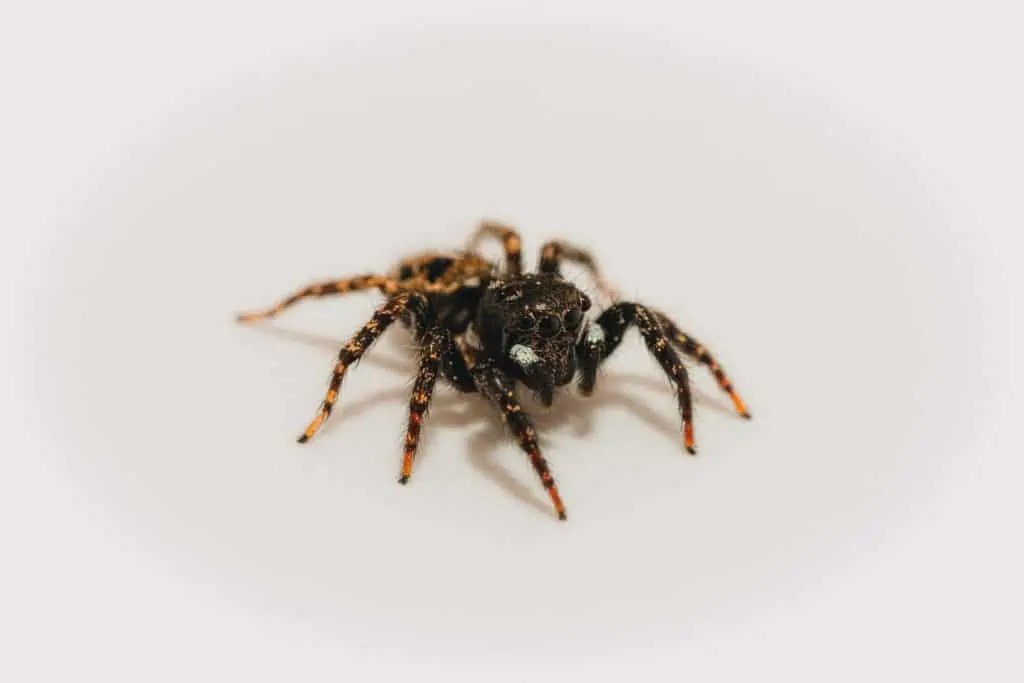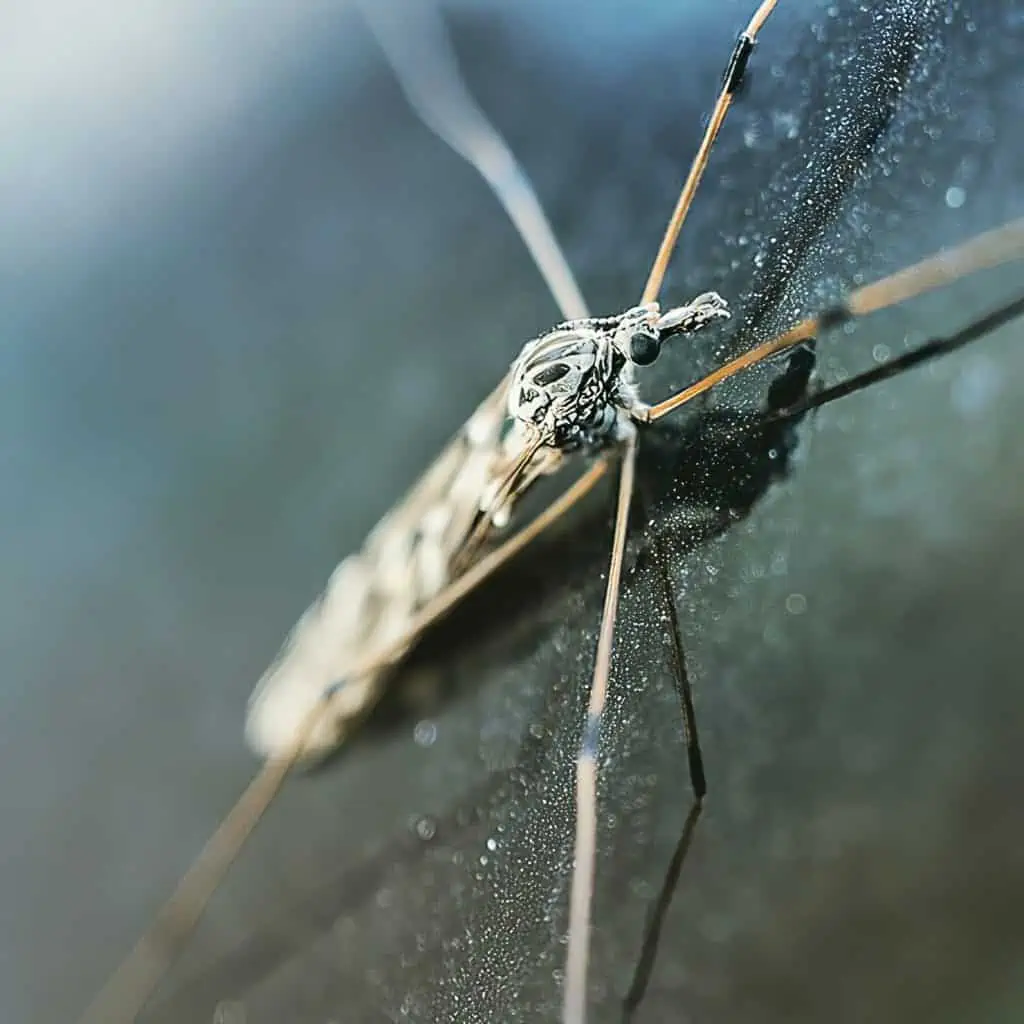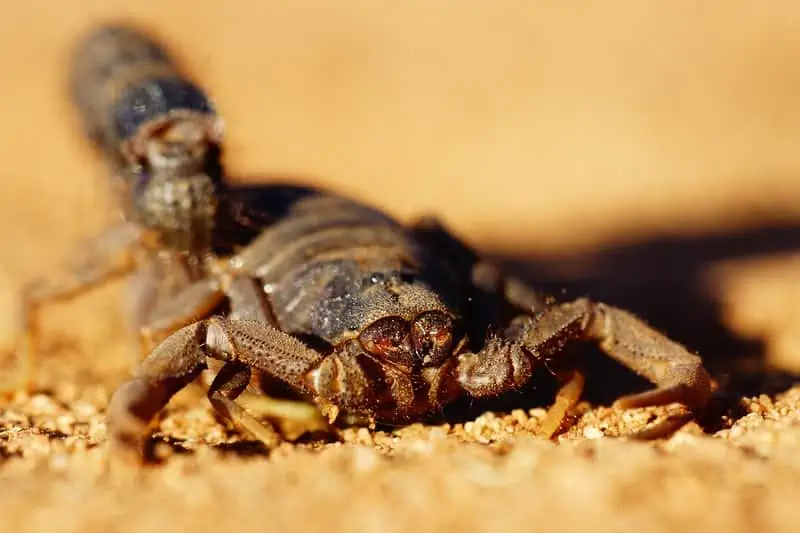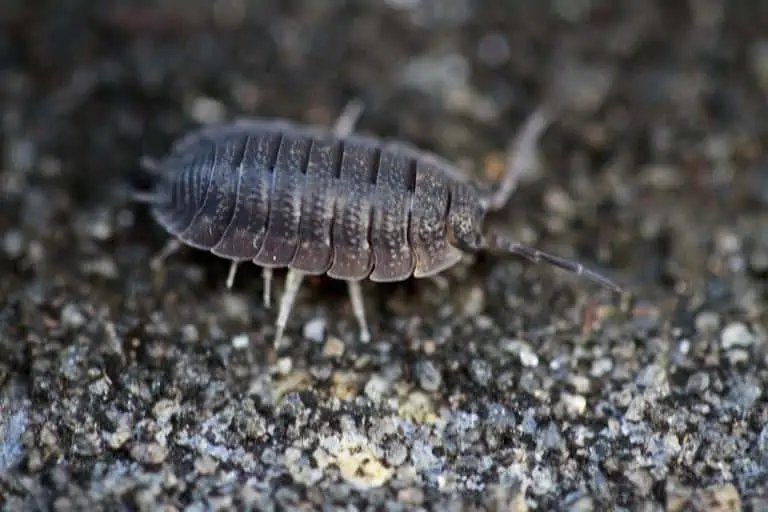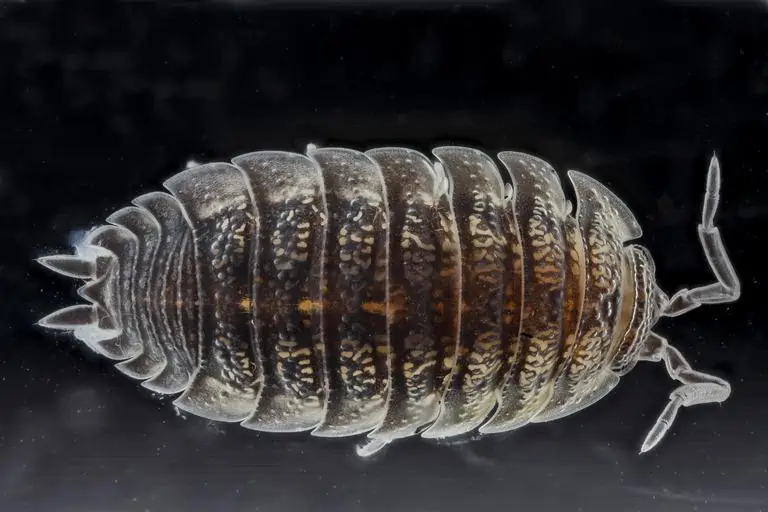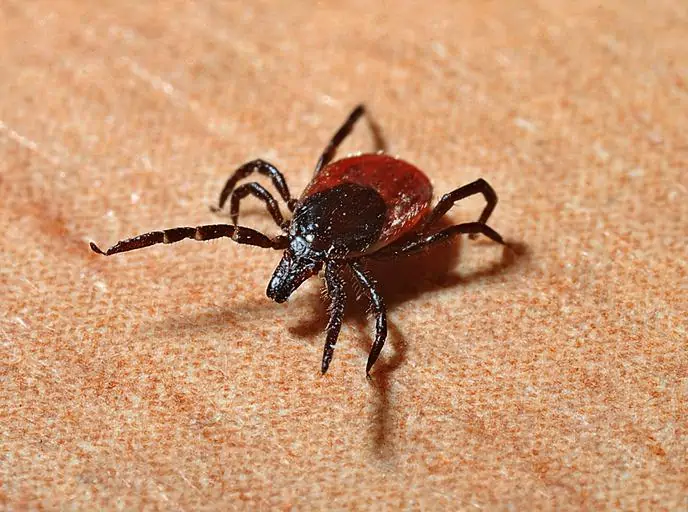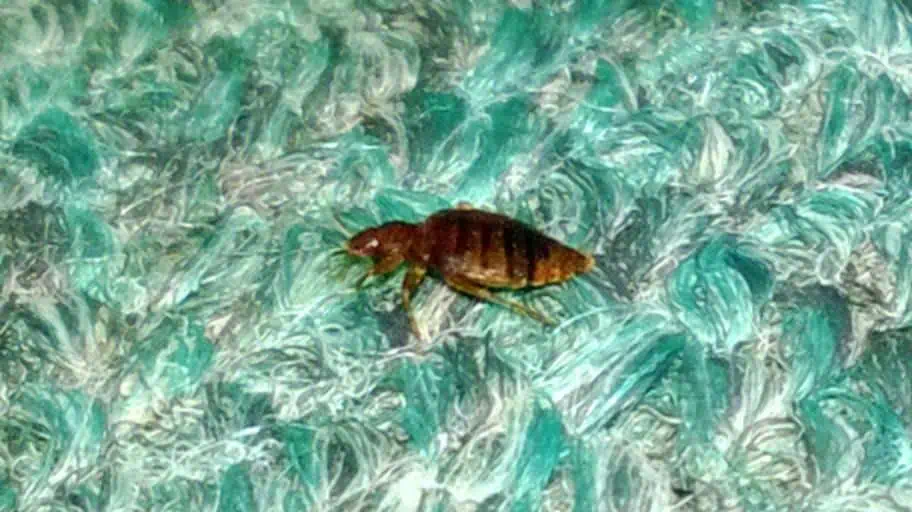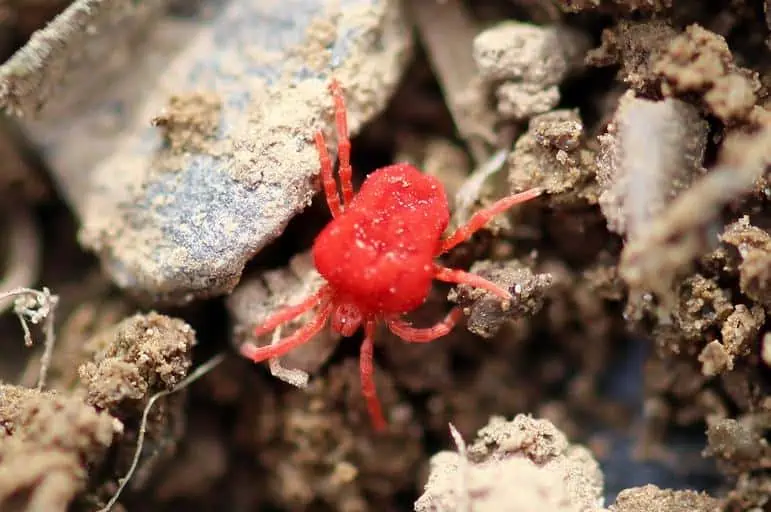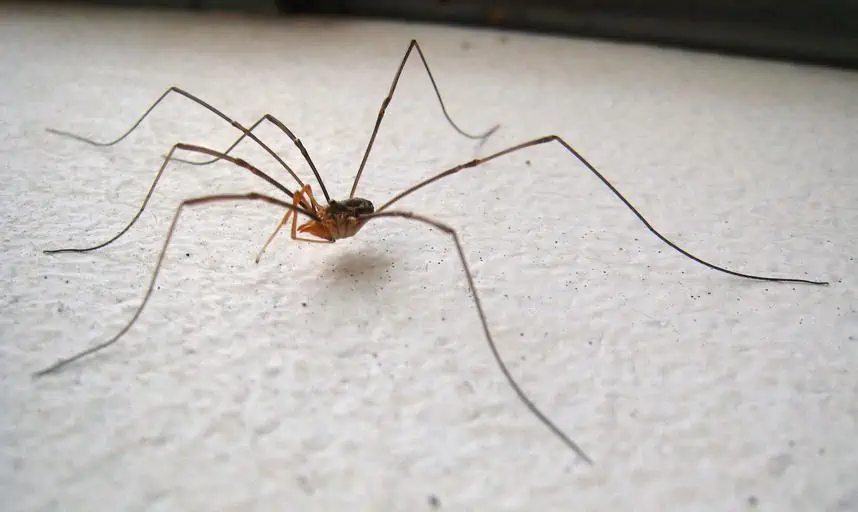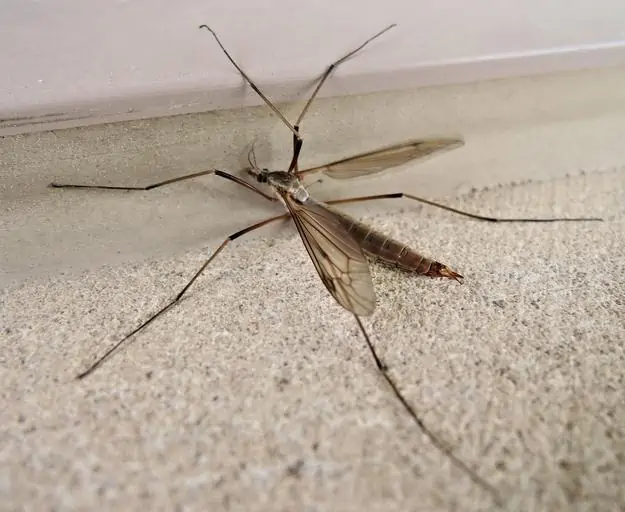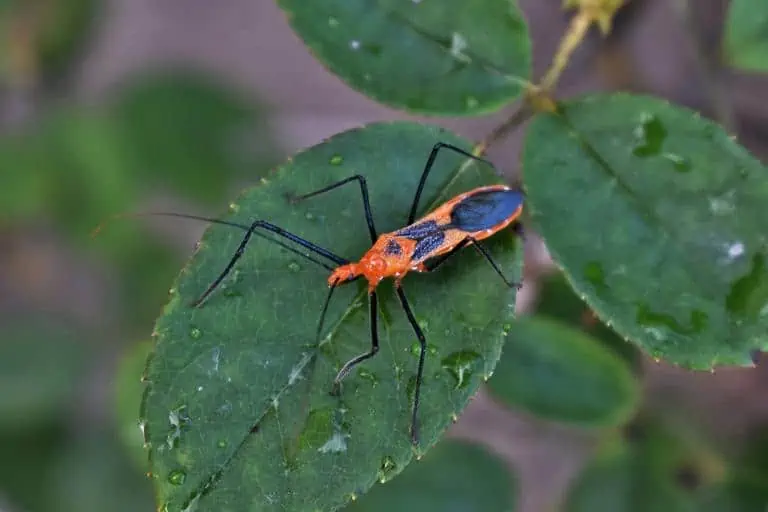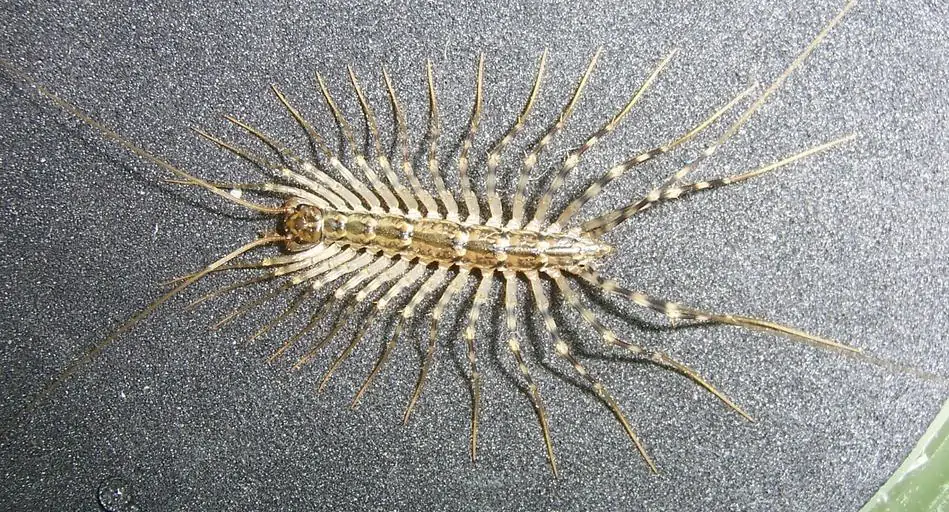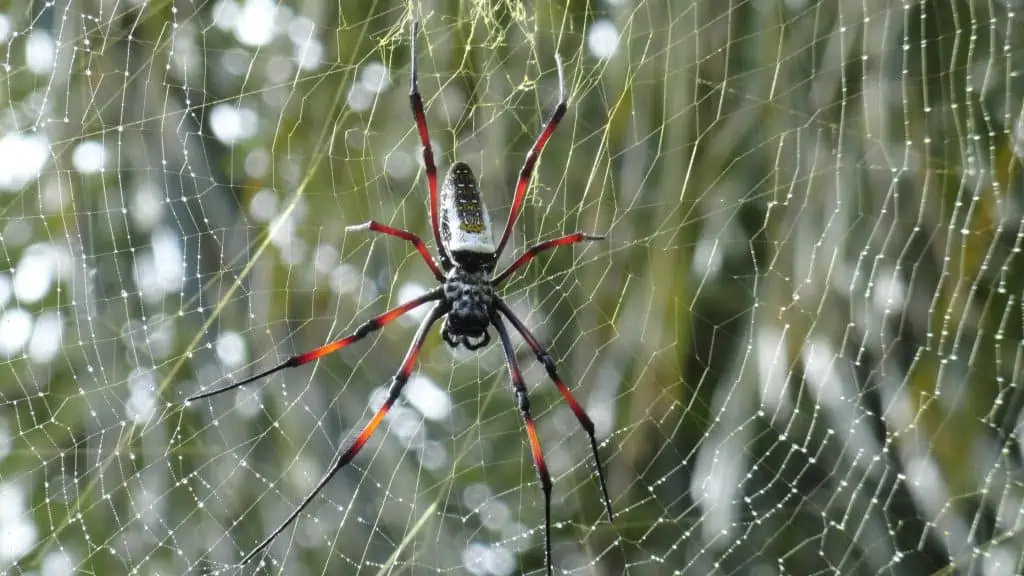There’s just something about a bug with lots of legs that gives the average person the heebie-jeebies. Some research has found that people’s fear of creepy crawly bugs stems from a natural survival instinct; some leggy bugs are, after all, venomous.
However, most critters, and even a bug with lots of legs, are less harmful to people than you may think and, in fact, are even quite beneficial.
So, if you’ve just come across a bug with lots of legs, take a moment to consider the wonder that is this animal.
What’s with all those legs, and which bugs have the most legs in the creepy-crawly kingdom? That’s what we’re here to find out.
Contents
A Bug With Lots Of Legs – What’s With All Those Legs, Anyway?
Insects are different from arachnids and crustaceans.
The term “bug” is a broad term often used to describe a wide variety of animals and organisms that don’t necessarily fall in the insect category. In fact, the bug with the most legs you’re probably thinking of isn’t even a bug at all.
But what’s with all these legs, and what makes a bug a bug?
Every species on this planet is built somewhat differently, and our innate fear of some creatures over others could have a bit to do with our evolutionary survival. Still, every living organism on this planet plays an important role in a healthy ecosystem.
This includes those six-legged, eight-legged, and sometimes even hundred-legged specimens you might come across in your home or backyard.
But before we dive into learning more about a bug with lots of legs specifically, let’s talk about the difference between bugs and, well, everything else.
Bugs (AKA Insects)
The term bug is generally synonymous with the term insect, although many people aren’t sure of the difference between insects, arachnids, crustaceans, and centipedes.
Though all of the above belong to the taxonomic phylum Arthropoda (arthropods), they are their own subspecies described as having no vertebral column, an exoskeleton, and jointed appendages.
Insects make up at least 90% of life on planet earth, and it’s been estimated that there are nearly 10 million species of insects currently identified. All species of these insects are grouped into 32 orders, and of those orders, beetles take up the majority.
Other types of insects you may be familiar with include bugs like ants, bees, butterflies, ladybugs, and earwigs.
Another unique trait of insects is that they all have two antennae and six legs. While any insect can seem like a bug with lots of legs, the longer the legs an insect has the more leggy that insect looks.
Arachnids
Though they belong to the same order Arthropoda, arachnids are not technically considered insects. Arachnids are distinguishable by their eight legs and their bodies, which are divided into two parts. Arachnids also don’t have antennae.
When you think of a bug with lots of legs, you’re likely going to think of a spider, which is a part of the arachnid family. But there are many other types of arachnids that could qualify as a bug with lots of legs.
These bugs include not just spiders, but also scorpions, ticks, and mites. Though many people are naturally afraid of arachnids, (hence the term arachniphobia), most arachnids are considered beneficial. Spiders especially are beneficial to a healthy ecosystem by helping to keep insects under control.
Crustaceans
When we think of crustaceans, we often think of animals that live in the ocean. But there are actually a few types of terrestrial crustaceans that have adapted to living on land. These crustaceans include sowbugs and pillbugs.
Crustaceans are considered arthropods, and they are defined by their unique exoskeleton, two pairs of antennae, and appendages on each segment of their body.
Centipedes And Millipedes
Centipedes and Millipedes are the last groups of arthropods on our list. These animals are also likely to be the critters with the most legs out of the bunch.
Centipedes in particular are long, thin, and often flat to the ground. They have between 20 and 300 legs, and according to nps.gov, centipedes always have an odd number of legs. They also have antennae and are capable of biting and stinging.
Unlike arachnids and insects, centipedes do not have a waxy exoskeleton that holds water. As such, they lose moisture quickly. This is one of the reasons centipedes are commonly not seen unless you lift rocks or dig through leaf litter.
When it comes to leggy bugs, Millipedes have the most legs out of our arthropod friends, with between 25 and 400 legs. Millipedes are often even longer than centipedes, though they have more rounded bodies and shorter legs than their centipede counterparts.
In spite of their name, most millipedes do not have 1,000 legs. Still, they are a bug with lots of legs, and there are many more you might have encountered. So, what bug with lots of legs are you looking at? Let’s find out!
Which Bug With Lots Of Legs Are You Dealing With?
There are a few bugs with lots of legs, so which one could you be dealing with?
Whether you’re dealing with arachnids, insects, crustaceans, or centipedes and millipedes, one thing is certain – bugs have many more legs than most of us are comfortable with.
But which bugs have the most legs, and which bug with lots of legs are you most interested in learning about?
Here is a list of 12 bugs with the most legs.
- Spider
- Scorpion
- Millipede
- Pillbug
- Sowbug
- Tick
- Bedbug
- Mites
- Harvestmen
- Crane Fly
- Slender Assassin Bug
- The House Centipede
Ready to learn about a bug with lots of legs? Let’s start with the most famous bug of all, the spider!
1. Spider
Spiders are some of the most common culprits that have many legs.
Spiders have been villainized not just in our minds but in Hollywood, storybooks, and tv shows. But spiders are actually some of the most important creatures on the face of the planet.
These eight-legged arachnids are highly beneficial pest control agents, helping to keep the population of a variety of pesky and dangerous insects under control. Without spiders, we would have an incredible influx of pests like flies, gnats, and blood-sucking mosquitoes.
With over 45,000 different species of spiders, you can find these arachnids in nearly every shape and size.
The longer the spider’s legs, the leggier it looks. But all in all, spiders only have eight legs.
2. Scorpion
Scorpions are arachnids related to spiders.
Scorpions are arachnids closely related to spiders. These are predatory animals that feed on a variety of other animals and insects, including small mice, lizards, and sometimes even other centipedes.
While a centipede may certainly be considered a bug with lots of legs, they actually only have eight legs, just like their spider counterparts.
Scorpions also have a unique, stinging tail and front appendages with two pincers on each. Some scorpions are venomous, with the most medically important scorpion to humans being the Indian Red Scorpion. This scorpion has a fatality rate of 8% to 40%. Sadly, children are often the most common victims of a lethal scorpion sting.
3. Millipede
Millipedes have the most legs out of all living creatures.
When it comes to a bug with lots of legs, the millipede surely wins. However, most millipedes don’t have 1,000 legs like their name might suggest, and instead have between 25 and 400 legs.
Amazingly, there is one recently discovered millipede that does live up to that 1,000 leg mark, with a millipede found in Australia that has an amazing 1,300 legs! According to the Natural History Museum, this newly discovered millipede is the first “true” millipede of its kind.
Millipedes are surprisingly long-lived arthropods, with a lifespan of up to ten years. They are burrowing animals that typically eat damp or rotting wood and vegetation. Most millipedes are harmless to gardens and are even good for the health of gardens, though if conditions are poor millipedes have been known to feed on living vegetation.
Unlike centipedes, scorpions, and spiders, millipedes are a bug with lots of legs that don’t bite or sting. They are actually considered quite docile and instead rely on secretions from their body to deter predators.
Some millipedes can secrete a substance that burns and even blisters the skin, however, so it’s important to always wash your hands after handling one of these amazing critters.
4. Pillbug
Pillbugs, sometimes called rollie pollies, are not insects at all and instead are crustaceans.
The Pillbug sometimes also known as the Aradillidium Vulgare or Rollie Pollie, are neither insects nor arachnids, as we discussed above. Instead, these animals are tiny terrestrial crustaceans closely related to other water-dwelling animals like crabs and sand fleas.
In fact, Pillbugs even breathe using unique gills along their bodies. Pillbugs are a bug with lots of legs that require consistent humidity. They are nocturnal animals most commonly found in the dirt or below leaf litter or underneath garden debris.
These animals are highly beneficial to a healthy ecosystem and garden, helping to enhance mineral nutrients and the pH balance of your garden, according to the University of Florida.
Pillbugs are also unique in their ability to roll into a tight ball like an armadillo, protecting their vulnerable undersides from predators.
Unlike insects, who have six legs, and arachnids who have eight legs, pillbugs move swiftly with their fourteen legs, (two per segmented body part).
5. Sowbug
Though sowbugs look almost identical to pillbugs, the two are not the same.
The sowbug is another terrestrial crustacean closely related to the Pillbug. This is another bug with lots of legs that’s not quite a bug. This cousin of the Pillbug looks almost identical, and it too has fourteen legs with two pairs of legs for each segmented body part.
Unlike the Pillbug, the sowbug is a bug with lots of legs that cannot roll up into a tight ball to protect itself. You can also tell a sowbug from a Pillbug by the two protruding appendages coming from the backside of the animal.
Also known as a woodlouse, the sowbug is another beneficial decomposer that feast on decaying organic matter. Like the Pillbug, sowbugs live in humid conditions and are most commonly found in leaf litter, below garden debris, and in the company of other earth-dwelling animals like earthworms and earwigs.
6. Tick
Ticks are considered sometimes dangerous bloodsucking parasites with many legs.
We don’t want you to be scared of a bug with lots of legs, but if there is one animal with many legs you should steer clear of it is the tick.
There are over 900 tick species throughout the world, and two of these species are especially problematic and medically important in the United States. These ticks include the black-legged tick and the Lonestar tick.
Ticks are arachnids closely related to spiders, and they are one bug with lots of legs you don’t want to mess with. Ticks can carry and spread serious diseases to both people and animals, including Lyme disease and Rocky mountain fever.
Like all arachnids, ticks have eight legs.
7. Bedbug
Bedbugs are arachnids related to mites and spiders with many legs.
Bedbugs have become an increasingly overwhelming problem in the United States, with bedbug cases having now been reported in every single state as of 2019. Although bedbugs are considered a bug with lots of legs that is a public health pest, they are luckily not known to spread or transmit disease.
Bed bugs are another arachnid parasite that feasts on the blood of a living host. They typically prefer human hosts and live in homes where people are active.
These arachnids have eight legs, putting them up there with other leggy pests we tend to want to avoid.
While bed bugs are not deadly or even dangerous to people, their presence in homes can lead to distress, anxiety, paranoia, and depression.
8. Mites
Mites are also arachnids and sometimes too small to see with the naked eye.
When it comes to a bug with lots of legs, you may not be thinking of mites. Most mites are, in fact, so small you can hardly see them with the naked eye.
Still, mites are a bug with lots of legs, and they are in fact closely related to spiders and ticks. As such, you won’t be surprised to learn that these arachnids have eight legs.
Many mites are considered pests, with the most common types of mites in the United States being chiggers, clover mites, and house mites.
Because mites are so small, they can be difficult to manage. Luckily, there are methods and steps you can take to help control these leggy pests both inside and outside of your home.
9. Harvestmen
Though Harvestmen are often referred to as spiders, they are actually not true spiders.
If you’re looking for the granddaddy of leggy bugs, look no further than the Harvestmen. While you may think we covered this bug with lots of legs when we touched on spiders, you’ll be surprised to learn that harvestmen are actually not considered true spiders.
These animals, sometimes known as Daddy Longlegs, are certainly arachnids, but they belong to a classification all their own. There are an estimated 6,000 species of harvestmen throughout the world, and these critters are famous for their incredibly long legs and beneficial qualities.
Harvestmen are harmless to people and pets, but they are ravenous predators of a variety of pests like insects both inside and outside of the home.
10. Crane Fly
Crane flies are often seen as villainous thanks to their close appearance to mosquitoes.
Crane flies look an awful lot like giant mosquitoes, but you’ll be happy to know that these insects are not harmful to humans. They don’t bite and, despite some myths, they don’t eat mosquitoes either. Actually, adult crane flies don’t eat anything at all!
Crane flies are true flies that made our list of a bug with lots of legs due to their six super long leggy appendages.
Slow and clumsy, adult crane flies have a short lifespan and tend to live in moisture-rich areas. Crane flies are considered beneficial insects for their diet when they are in their larval stage.
Crane-fly larvae feed on a variety of decaying organic matter like dead leaf litter and other plant matter.
11. The Assassin Bug
Assassin bugs may not have as many legs as some, but their legs are quite long.
With a name like “the assassin bug,” you might fear that the above bug with lots of legs would be dangerous. Luckily, assassin bugs are only dangerous if you’re a fellow insect.
Small, agile, and predatory, assassin bugs are a bug with lots of legs that are known to be highly beneficial to gardens. They feed on a number of pests like leaf beetle larvae, sawfly larvae, nymphs, caterpillars, and other pesky bugs.
Assassin bugs are considered ambush predators that use their sharp mouthparts to impale their prey. They then hold them down and use their straw-like mouth to suck out the internals. Yikes.
12. The House Centipede
House centipedes have some of the longest legs when it comes to bugs with lots of legs.
Last on our list of leggy bugs is a bug with lots of legs and lots of fear factors. Meet the house centipede!
House centipedes have 15 pairs of legs, totaling 30 altogether. This centipede can grow up to four inches in length, but it’s an antenna, which is nearly as long as the centipede’s body, and its hind legs which are also just as long, can make the critter appear three times its size.
Although the house centipede is certainly a bug with lots of legs that looks scary, this is actually considered a beneficial animal and even helpful to have in homes and gardens. House centipedes are known to hunt and feed on roaches, flies, termites, and silverfish.
Seeing a house centipede or two in your home could be a sign of other, more serious pest problems. The best way to avoid seeing a house centipede around your home, or any bug with lots of legs for that matter, is to keep up with routine pest control.
And with that in mind, let’s take a look at a few products we recommend for keeping leggy bugs at bay.
Best Products For Keeping A Bug With Lots Of Legs At Bay
Keeping leggy bugs out of your home is easier when you have the right products.
While most of the above bugs with lots of legs are not harmful to humans, the reality is that we likely don’t want to deal with them in our homes.
If you’re looking for some of the best products to help control any bug with lots of legs, we have you covered with a few of our favorite products below.
Wondercide Outdoor Pest Control Spray
No products found.
We like Wondercide Outdoor Pest Control Spray because it helps to reduce insect and pest activity without the use of harsh chemicals that could be harmful to people or pets.
Wondercide uses ingredients like essential oils and plant-based products to repel a variety of pests like fleas, ticks, flies, and other leggy critters.
There is also no spray and wait time when it comes to using Wondercide, which means you can use it directly where people and pets are congregating and don’t need to wait for it to dry.
If you like Wondercide outdoor spray, you also have the option of investing in the indoor spray with the same natural ingredients.
Harris Spider Killer
No products found.
If your bug with lots of legs happens to be in the spider family, and especially the venomous spider family, you may be in the market for some heavy-duty spider killer. Harris Spider Killer above comes in a non-staining solution that is safe to use indoors when used as directed.
The product is free of any harsh odors and not only helps control spiders, but also a number of other indoor pests like crickets, ants, roaches, silverfish, centipedes, and more.
Neatmaster Ultrasonic Pest Repeller
No products found.
Last but not least we have an ultrasonic pest repeller product. Ultrasonic pest repellents like the one listed above are a great way to manage pest problems without the use of harsh chemicals or sprays.
These products work by emitting an ultrasonic vibration and frequency that is harmless to people and pets but highly irritating to insects, arachnids, and other pests like rodents or bats.
The above ultrasonic pest repeller product is a plug-in product that works without the use of cords or batteries. Each plugin covers up to 120 square meters. While this product can be effective against leggy pests, it works best in conjunction with other forms of pest control products and sprays, and can not penetrate through walls or floors.
A Bug With Lots Of Legs – Let’s Sum It Up!
Though leggy bugs may be unnerving, most of them are harmless to people.
Seeing a bug with lots of legs can be alarming, especially if that critter is quite large or venomous. The good news is that the majority of animals on our above list are not actually dangerous to people and pets. In fact, most of our listed leggy bugs are actually beneficial and important to a healthy ecosystem.
Of course, it’s important to know which of the animals above are dangerous and which are beneficial. Remember, some arachnids on the above list can be venomous, and others can carry and transmit serious diseases.
The most dangerous bugs on our list of bugs with lots of legs include ticks, venomous spiders, and venomous scorpions.
If you’re not sure which type of bug with lots of legs you are dealing with, it’s best to leave the animal alone or to contact a professional pest control expert for assistance.
Best of luck and thanks for reading!


Jack founded our blog after two decades of working in the pest control industry. His vast experience dealing with a wide array of pests allows him to diagnose issues quickly and get to the heart of pest problems quickly and effectively. He has serviced more than 2,000 homes over his career and there is hardly any pest situation that he has not seen before.
